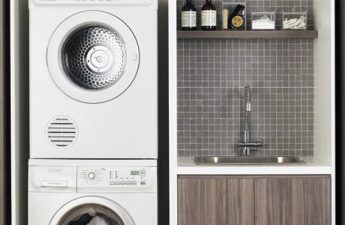Relaxing in the bath after a hard day willnice to everyone. And so that unnecessary sounds do not interfere with having fun, it is important to think about soundproofing the bathroom even at the stage of renovation. Advice on this topic is given by a specialist. The bathroom is protected from noise in stages. And here it is important not to forget anything: the floor, the walls, and the bath itself must be isolated from unnecessary sounds. A small cheat sheet on this topic was prepared for us by the architect Elena Bulagina. Related articles Elena Bulagina, architect Elena graduated with honors from the Samara State University of Architecture and Civil Engineering, Faculty of Architecture. Behind her shoulders are many completed projects of residential and public premises in Moscow, Samara, Kaliningrad, Vladivostok and other cities of Russia, as well as neighboring countries. Works as the chief architect at the Kapitel architectural bureau. The work is guided by the principle - "maximum efficiency with reasonable funding." 1. Sound insulation of water supply and sewerage pipes It is possible to get rid of the noise of water in pipes with the help of polyethylene foam. To do this, it is necessary to completely wrap the pipe with it, and then fix the polyethylene to the pipe using, for example, plastic clamps. In hardware stores, polyethylene is sold, designed for a certain pipe diameter. After that, the sewer riser can be sewn into a plasterboard box and tiled.  2.Soundproofing walls We remember that a bathroom is a room with high humidity. Therefore, the materials must be resistant to moisture and environmentally friendly. Among them, you can choose, for example, ZIPS panels or soundproofing materials.
2.Soundproofing walls We remember that a bathroom is a room with high humidity. Therefore, the materials must be resistant to moisture and environmentally friendly. Among them, you can choose, for example, ZIPS panels or soundproofing materials.  3.Soundproofing the floor When soundproofing the floor, it is important to remember about its waterproofing and perform it, for example, with bitumen-based mastic and polymer materials. The mastic will completely protect the bathroom floors from leaking, and already on top you can lay soundproofing material. When joining individual sheets, this material must be overlapped and fastened with adhesive tape.
3.Soundproofing the floor When soundproofing the floor, it is important to remember about its waterproofing and perform it, for example, with bitumen-based mastic and polymer materials. The mastic will completely protect the bathroom floors from leaking, and already on top you can lay soundproofing material. When joining individual sheets, this material must be overlapped and fastened with adhesive tape.  4.Sound insulation of the ceiling If the height of the ceiling allows, it is better to assemble the metal frame from the profiles, while you will lose height, but the sound insulation will be of higher quality. The frame and walls should not adjoin each other closely, a special sound-insulating material should be installed between them. And the structure of the metal frame itself should be mounted on vibration suspensions. They have a special damper insert that dampens noise waves by combining materials of different densities. The space inside the metal frame is filled with sound-insulating material, for example, mineral wool, and then sheathed with sheets of moisture-resistant drywall.
4.Sound insulation of the ceiling If the height of the ceiling allows, it is better to assemble the metal frame from the profiles, while you will lose height, but the sound insulation will be of higher quality. The frame and walls should not adjoin each other closely, a special sound-insulating material should be installed between them. And the structure of the metal frame itself should be mounted on vibration suspensions. They have a special damper insert that dampens noise waves by combining materials of different densities. The space inside the metal frame is filled with sound-insulating material, for example, mineral wool, and then sheathed with sheets of moisture-resistant drywall. 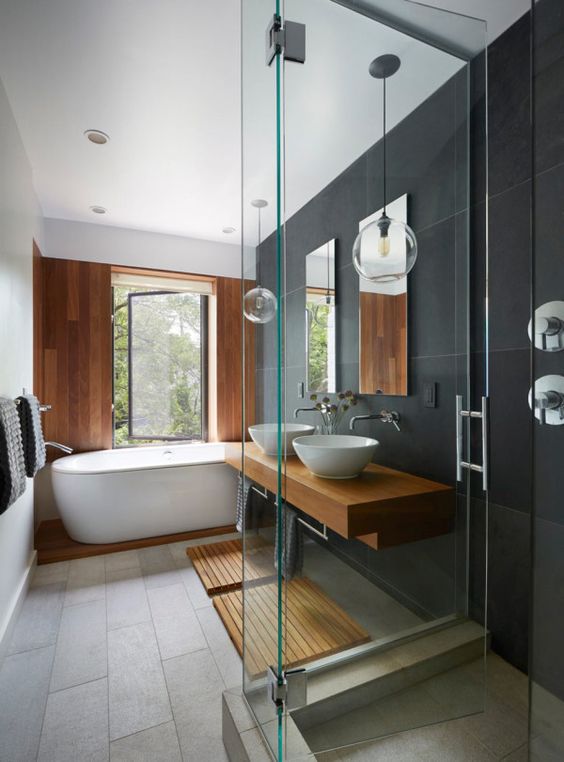 The impact of streams of water on the surface of the bath cancompare to a muffled drum sound. To a lesser extent, this applies to cast-iron bathrooms, but steel baths fully have this drawback. There are several ways to soundproof a steel bathtub. Articles on the topic 5. Sound insulation of a bath with foamed polyethylene Foamed polyethylene is a material, the basis of which has a porous structure. In some modifications, the outer layer can be covered with a metallized material, foil. To soundproof the bath, it is necessary to apply glue to its surface, then press the polyethylene tightly, having previously cut off a part of the required size.
The impact of streams of water on the surface of the bath cancompare to a muffled drum sound. To a lesser extent, this applies to cast-iron bathrooms, but steel baths fully have this drawback. There are several ways to soundproof a steel bathtub. Articles on the topic 5. Sound insulation of a bath with foamed polyethylene Foamed polyethylene is a material, the basis of which has a porous structure. In some modifications, the outer layer can be covered with a metallized material, foil. To soundproof the bath, it is necessary to apply glue to its surface, then press the polyethylene tightly, having previously cut off a part of the required size. 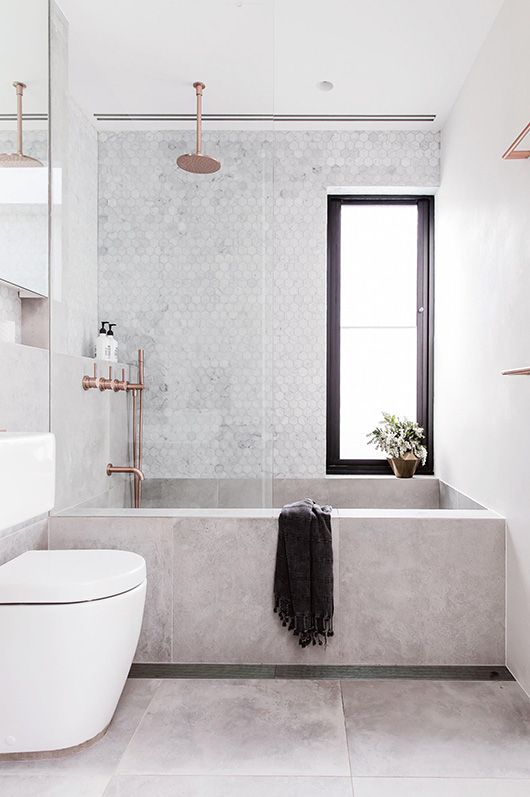 6.Sound insulation of the bathtub with polyurethane foam To do this, degrease the bathtub surface, apply a sealant for better adhesion of the foam, then spray the foam evenly over the entire surface from a spray can. With this method of insulation, it is preferable to tiled the bathtub, since the foam will better retain its properties without moisture and light, and the appearance of the bathtub will be more presentable.
6.Sound insulation of the bathtub with polyurethane foam To do this, degrease the bathtub surface, apply a sealant for better adhesion of the foam, then spray the foam evenly over the entire surface from a spray can. With this method of insulation, it is preferable to tiled the bathtub, since the foam will better retain its properties without moisture and light, and the appearance of the bathtub will be more presentable. 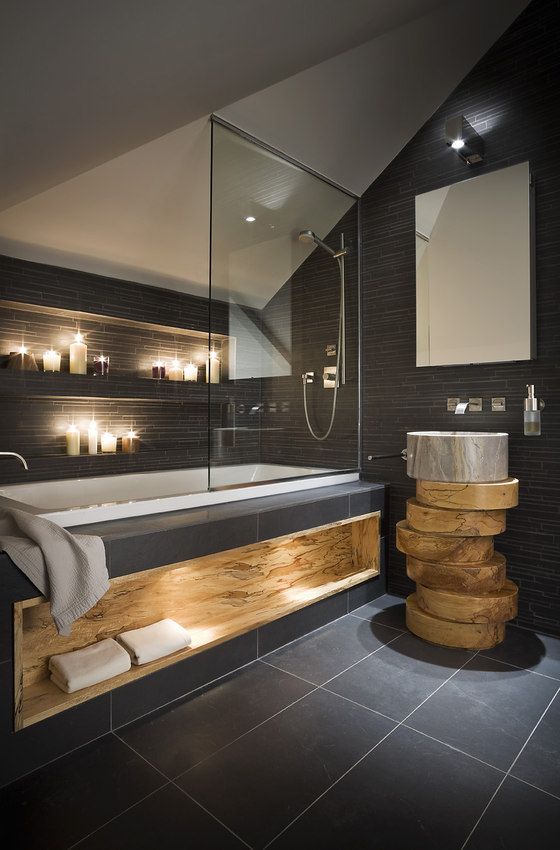 7.Soundproofing a bathtub with a technical cork Cork is a more expensive material than foamed polyethylene or foam. The cork is attached to the surface of the bathtub with glue. It will be difficult to glue a solid sheet of cork on bends, so you should cut out fragments to fit the configuration of the bath.
7.Soundproofing a bathtub with a technical cork Cork is a more expensive material than foamed polyethylene or foam. The cork is attached to the surface of the bathtub with glue. It will be difficult to glue a solid sheet of cork on bends, so you should cut out fragments to fit the configuration of the bath.  eight.Bath sound insulation with vibroplast and vibration insulator Vibroplast is often used for soundproofing cars. It is easy to work with this material, as it has one adhesive side. It is only necessary to remove the protective layer and firmly press the material to the surface of the bath. Vibroisol is made without an adhesive layer, so it, like foamed polyethylene, must be glued to the surface yourself. Related Articles
eight.Bath sound insulation with vibroplast and vibration insulator Vibroplast is often used for soundproofing cars. It is easy to work with this material, as it has one adhesive side. It is only necessary to remove the protective layer and firmly press the material to the surface of the bath. Vibroisol is made without an adhesive layer, so it, like foamed polyethylene, must be glued to the surface yourself. Related Articles 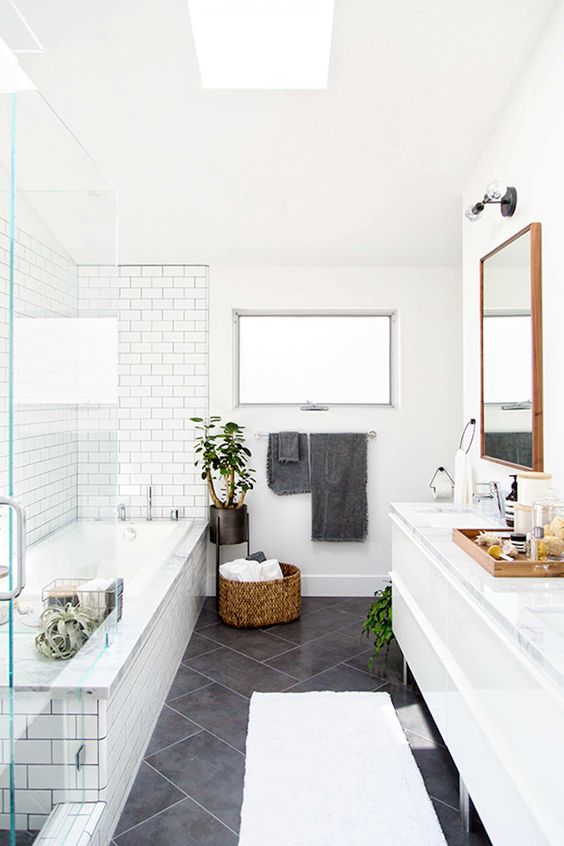
Soundproofing of the apartment: tips and materials for the bathroom


